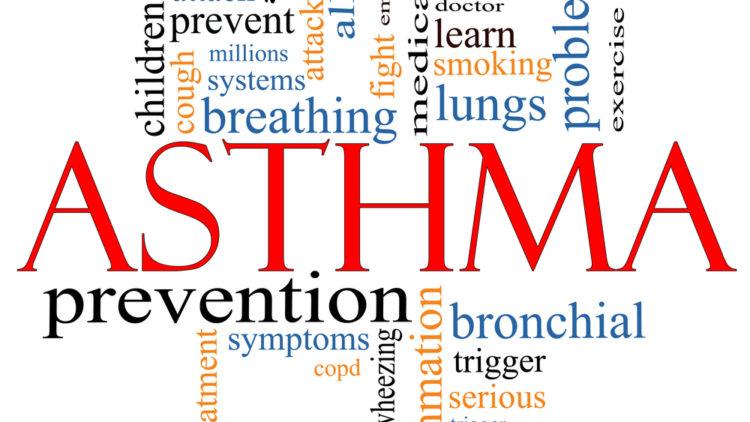Let’s Clear the Air
“What are seasonal allergy symptoms, and how are they different from other allergies? What do I do about it?”
We get this question a lot and want to clear the air for you.
When people have so many symptoms, we understand the need to pinpoint the cause exactly. There’s a tendency to self-diagnose, and even though this article aims to educate, it’s not a substitute for seeking professional advice in person.
Pollen is the big culprit this time of year, as we head into spring.
Symptoms related to seasonal pollen allergies:
● Itchy, watery eyes
● Sneezing
● Headache
● Loss of smell
● Sore throat
● Coughing
● Fatigue
● Itchy, runny nose
● Dark circles under eyes
● Post-nasal drip
● Snoring
Sometimes people are bothered by other allergens and don’t realize it. They may even be dangerous. They can lead to long-term health issues, such as chronic sleep problems, decreased cognitive functioning, infections, inflammation, and mood disorders.
Symptoms related to other possible allergens (not seasonal):
● Depression
● Trouble sleeping
● Chronic fatigue
● Problems concentrating
● Upper respiratory infection
● Sinus infection
● Inability to exercise for long periods
● Asthma
If not properly treated, these misdiagnosed allergies and issues can tax an already stressed immune system. If you’re not positive whether your allergies are seasonal or not, Annapolis Allergy & Asthma can help you. Regardless of the allergy, we’ll properly diagnose and treat your symptoms.
Fast facts about pollen (seasonal allergen):
● Dry, windy conditions kick pollen around more and make allergies worse
● Rain calms down the pollen levels
● Pollen levels are typically highest in the mornings
● If winter is mild, trees tend to pollinate earlier, so allergy season starts earlier
● A late freeze will make pollination happen later and delay the season
Have you or a family member been suffering from symptoms and aren’t sure what to do? We know what it’s like – you wake up in the morning and begin sneezing with your . nose stopped up. You have to go to work, spend time with your family, and fulfill all your obligations, all while your symptoms are driving you nuts. You’d really love to get some more sleep.
Go to https://annapolisallergy.com/scheduling/ to begin the scheduling process to see us at Annapolis Allergy & Asthma. Don’t wait to book and risk having to wait longer as allergy season kicks in. Call us now at (410) 573-1600.






